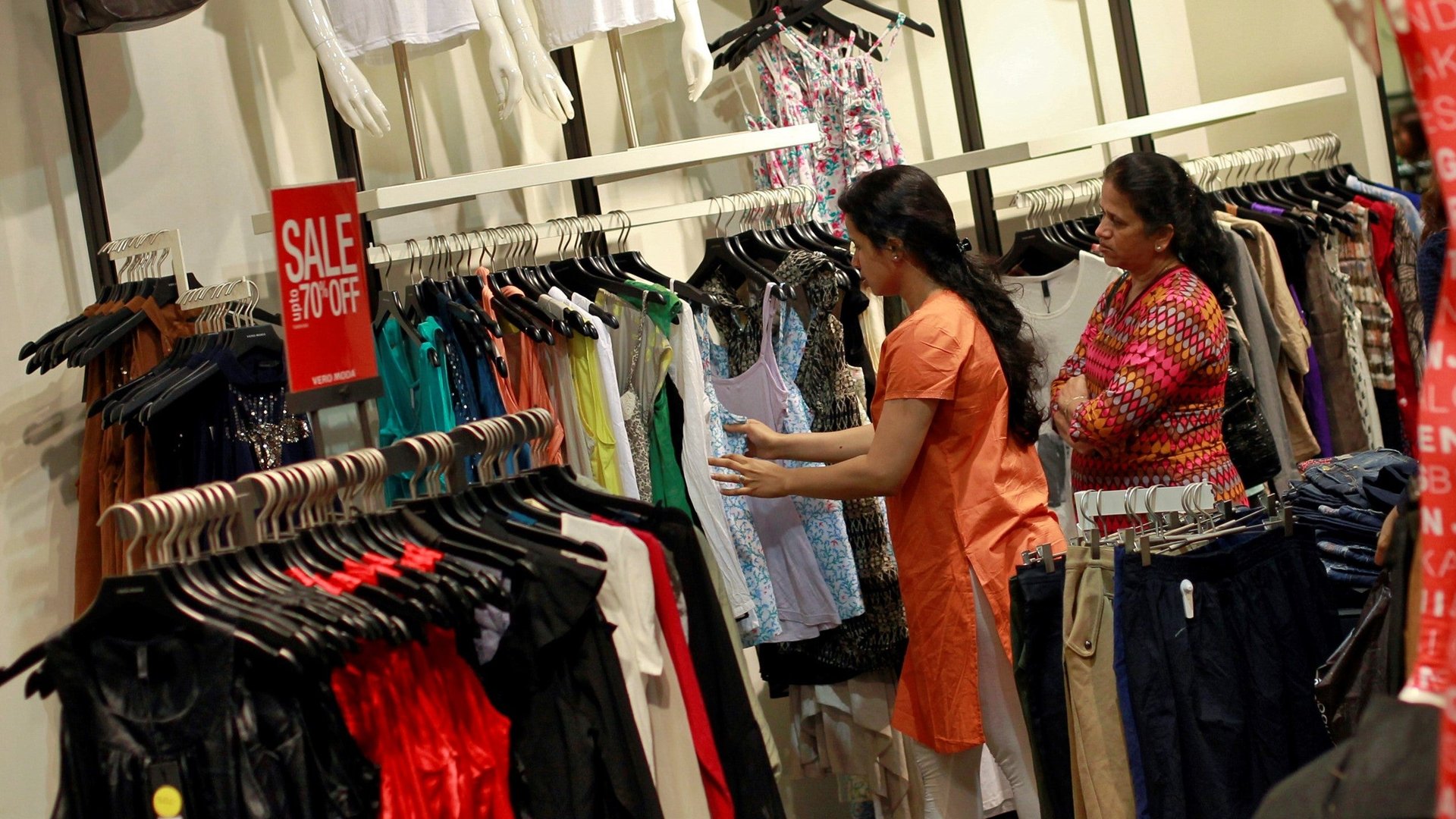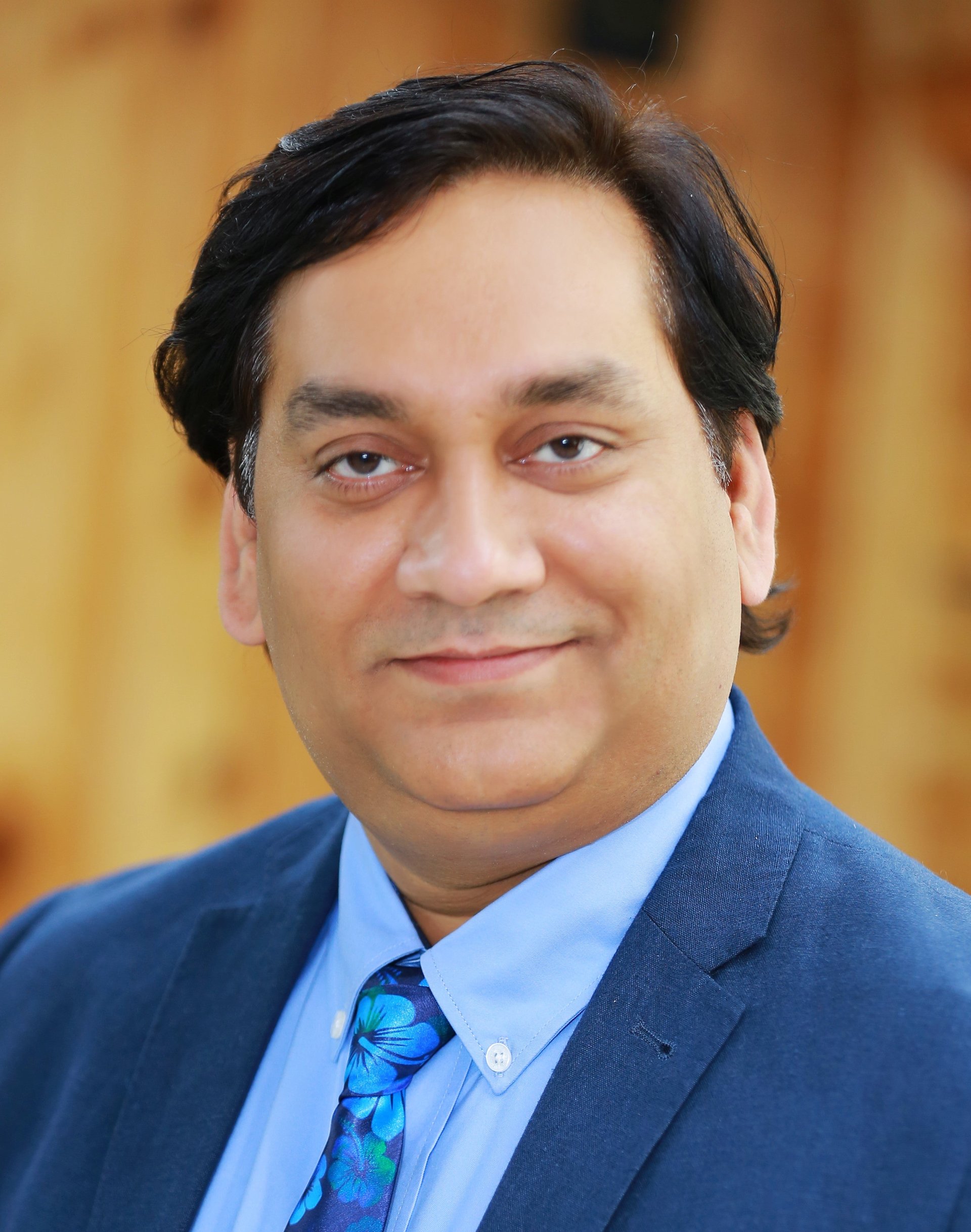The “Zara of small-town India” is unfazed by Walmart and Amazon
Value retail chain 1-India Family Mart likes to call itself the Zara of small-town shoppers. The comparison with the Spanish fast-fashion retailer may be justified, since the New Delhi-based firm sells products ranging from apparels to household merchandise, at prices as low as Rs79 ($1.09).


Value retail chain 1-India Family Mart likes to call itself the Zara of small-town shoppers. The comparison with the Spanish fast-fashion retailer may be justified, since the New Delhi-based firm sells products ranging from apparels to household merchandise, at prices as low as Rs79 ($1.09).
Launched in the northern state of Uttar Pradesh (UP) in 2013, 1-India Family Mart now operates 90 stores across 72 cities in east and north India, earning revenues of Rs420 crore in financial year 2019.
It competes with other value retailers such as V-Mart and Citymart, even as deep-pocketed e-commerce players like the Walmart-owned Flipkart and Amazon India attract buyers from small towns. Yet JP Shukla, the co-founder and CEO of 1-India Family Mart says he is unfazed.
The company has plans to open as many as 60 stores this year. An initial public offering (IPO) is also on the cards. “We are doing well and investors are looking for liquidity. We are not in a hurry, but an IPO could be a reality in 2020,” said Shukla.
In an interview with Quartz, he spoke about the company’s strategy to become the first choice of buyers looking for value fashion, plans to start online sales, and the challenges it faces. Edited excerpts:
A large number of players are into the affordable fast fashion segment. What’s your unique selling point?
To survive in the fashion market, one needs to have a clear distinction and differentiation in terms of product offerings and pricing. Most items offered by players claiming to be fast-fashion retailers, are priced three to four times our rates. These could be affordable for a shopper from, say, Rajouri Garden in New Delhi, but not for a buyer in a small town or village in UP. We like to be rock bottom in pricing.
A T-shirt priced at Rs500 in so-called fast fashion stores is available at my store for Rs79 and Rs199. Product prices at many value chain stores come with a brand mark up.
What about brands that offer price points similar to yours?
Our nearest competition runs 72 stores in UP alone. Their price proposition is also the same. What’s interesting here is that if UP was a country, it would be the fifth-largest in the world. In such a large geography, we just need 10,000 households who can spend Rs6,000 a year to keep our business going.
To keep sales going, all a retailer has to do is ensure customers stick to the brand, keep coming back to the store, and nudge them to spend more. Or, we need to add more buyers to our fold.
How do you view competition from e-commerce?
The fashion, especially affordable fashion, segment in India is a large and growing market. Also, given India’s huge population, brick and mortar stores will continue to find buyers for many more years to come despite the growth in e-commerce.
How do you see competition from big players like Reliance, which is focusing on retail, and the entry of Walmart into India with the Flipkart acquisition?
Competition from any quarter is welcome as it helps expand the market. India is like a continent, given its great diversity. It offers all types of players a chance to provide buyers a unique shopping experience. Yes, there are ones with deep pockets and more experience, but even smaller rivals have an opportunity to attract consumers.

So growing competition from brick-and-mortar rivals and online channels is not a threat?
No, I don’t see any threat to our business from offline or online players. Look around you and you will realise that compared to a decade ago, prosperity across large sections of the population in India is on the rise. With exposure to the internet, people in even tier III and tier IV towns are at par with their urban folks when it comes to making fashion choices.
Fashion is not a commodity. No single brand can monopolise it. Even if a brand drops prices to disrupt the market or attract more buyers, it runs the risk of losing its image as a premium brand. Loyal buyers will walk away from it. Multiple players can co-exist on the strength of their differentiated brand promise.
Are you looking at having some kind of presence in the online space?
Yes, we are looking at having an online presence. Having said that, we don’t want to be an (e-commerce) marketplace. We are focused on putting in place an online-to-offline (O2O) business strategy. It will help us move customers from online channels (like our company website) to the nearest physical store.
Our resources and infrastructure do not allow us to expand into every small town and village. At the same time, we don’t want to miss out on the consumption demand coming from these places. We are working on a model where shoppers in small towns can order from a physical store (through a call or on the internet) and the product can be delivered at their doorstep.
The logistics supporting this model needs to be tweaked because you cannot sell a T-shirt for Rs300 and charge a customer Rs70 for the delivery. We cannot pay it from our pockets, either. The work on this model is in progress.
What are the challenges you face?
There is a visible slowdown in consumption across categories. Like with other industries, the fashion and apparel market, and our company, too, is facing its adverse effect. Everyone is struggling to keep the momentum going.
Apart from that, one big and long-standing struggle we face is finding the right quality manpower. Every marketing graduate who studies in, say, a place like Ranchi looks to move to Mumbai or Delhi. And here we are asking them to go to tier III and tier IV towns. Attracting top talent is a challenge. We carry out internal training to encourage people to stick to us for longer.
What are your plans for growth?
In India, even in the next 20 years, cost consciousness among buyers for affordable and parallel fashion is not going to go away. There is a lot of room for organic growth. So, we are into a business where there is a clear opportunity to grow our store count. This year alone, we are looking to add 60 stores. We are focused on expanding our footprint in east and northeast India. The states of Odisha and West Bengal are going to be our focus markets. After that, we will focus on growing our business in central and western India.